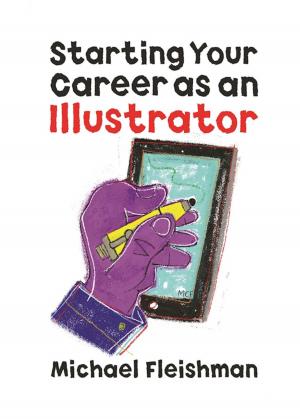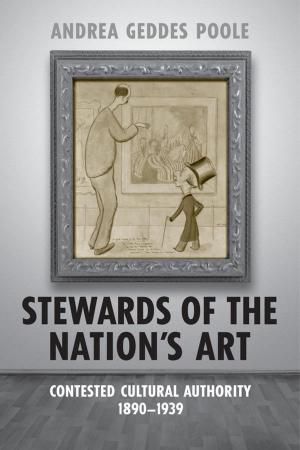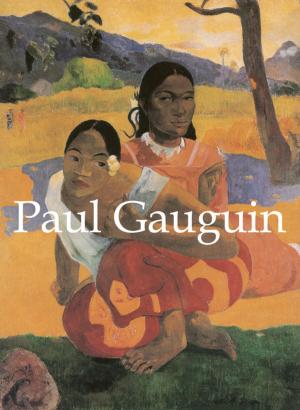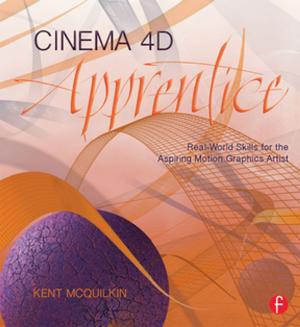| Author: | Kurt Kreiler | ISBN: | 9783862180219 |
| Publisher: | Dölling u. Galitz | Publication: | September 30, 2011 |
| Imprint: | Dölling u. Galitz | Language: | English |
| Author: | Kurt Kreiler |
| ISBN: | 9783862180219 |
| Publisher: | Dölling u. Galitz |
| Publication: | September 30, 2011 |
| Imprint: | Dölling u. Galitz |
| Language: | English |
A new Roland Emmerich film - Anonymous - was released in October 2011. The seventeenth Earl of Oxford (1550-1604), says Emmerich, wrote the Shakespearian works. How could such a postulation come about and where does this doubt as to William Shaksper's authorship come from? (No offence is intended by calling the actor from Stratford-upon-Avon “Shaksper”; he certainly wouldn't have taken any, that's how he wrote it on his marriage license.) - After the academic world has been guessing and floundering for 150 years, the literary detective Kurt Kreiler surprises us with a book that addresses this subject after years of sound and thorough academic research. This is definitely the leading book on this subject. Chapters 1 and 2 explain why Will Shaksper from Stratford-upon-Avon was not an author. In chapter 3, ten works of the author William Shakespeare will be analysed with a view to determine what criteria the author must have had in order to write the works in question. Which foreign lands had the author visited? What historical references have been made? When were the pieces written? Chapter 4 examines the social perspectives of the “Author of the plays”. Chapter 5 examines what Shakespeare's literary contemporaries knew about him, with whom did they associate him, what qualities did they attribute to him? An analysis of the Harvey-Nashe-Quarrel show us that they both agree that the author “Master William” was the creator of the figure Falstaff and that this author was Eduard de Vere, Earl of Oxford. Chapter 6 deals with the first part of the biography of Eduard de Vere. Chapters 7 and 8 show that the the profile of the Author that was developed in chapters 3-5 correlates logically and universally with the biography of the Earl of Oxford. Chapter 9 is a continuation of the biography of the writer and spear shaker “William Shake-speare” up to his death in 1604. Chapter 10 shows why, how and for whom the dramatist Ben Jonson went about the task of procuring the nom de plume Shake-speare. By using the coincidental similarity between the names Shake-speare and Shaksper, Jonson posthumously set up a marionette to claim authorship of the Shakespearian works. Kurt Kreiler (b. 23 June 1950) is a German author and dramaturg. He read philology and philosophy at university, his studies culminating in a doctoral thesis on the short lived Bavarian Republic of People's Councils (1918/19). In 1983 he began his work as a writer for television and radio. In 2009 Insel Verlag published Kreiler’s: “The Man who invented Shakespeare”; a book that caused a considerable stir in Germany."
A new Roland Emmerich film - Anonymous - was released in October 2011. The seventeenth Earl of Oxford (1550-1604), says Emmerich, wrote the Shakespearian works. How could such a postulation come about and where does this doubt as to William Shaksper's authorship come from? (No offence is intended by calling the actor from Stratford-upon-Avon “Shaksper”; he certainly wouldn't have taken any, that's how he wrote it on his marriage license.) - After the academic world has been guessing and floundering for 150 years, the literary detective Kurt Kreiler surprises us with a book that addresses this subject after years of sound and thorough academic research. This is definitely the leading book on this subject. Chapters 1 and 2 explain why Will Shaksper from Stratford-upon-Avon was not an author. In chapter 3, ten works of the author William Shakespeare will be analysed with a view to determine what criteria the author must have had in order to write the works in question. Which foreign lands had the author visited? What historical references have been made? When were the pieces written? Chapter 4 examines the social perspectives of the “Author of the plays”. Chapter 5 examines what Shakespeare's literary contemporaries knew about him, with whom did they associate him, what qualities did they attribute to him? An analysis of the Harvey-Nashe-Quarrel show us that they both agree that the author “Master William” was the creator of the figure Falstaff and that this author was Eduard de Vere, Earl of Oxford. Chapter 6 deals with the first part of the biography of Eduard de Vere. Chapters 7 and 8 show that the the profile of the Author that was developed in chapters 3-5 correlates logically and universally with the biography of the Earl of Oxford. Chapter 9 is a continuation of the biography of the writer and spear shaker “William Shake-speare” up to his death in 1604. Chapter 10 shows why, how and for whom the dramatist Ben Jonson went about the task of procuring the nom de plume Shake-speare. By using the coincidental similarity between the names Shake-speare and Shaksper, Jonson posthumously set up a marionette to claim authorship of the Shakespearian works. Kurt Kreiler (b. 23 June 1950) is a German author and dramaturg. He read philology and philosophy at university, his studies culminating in a doctoral thesis on the short lived Bavarian Republic of People's Councils (1918/19). In 1983 he began his work as a writer for television and radio. In 2009 Insel Verlag published Kreiler’s: “The Man who invented Shakespeare”; a book that caused a considerable stir in Germany."















